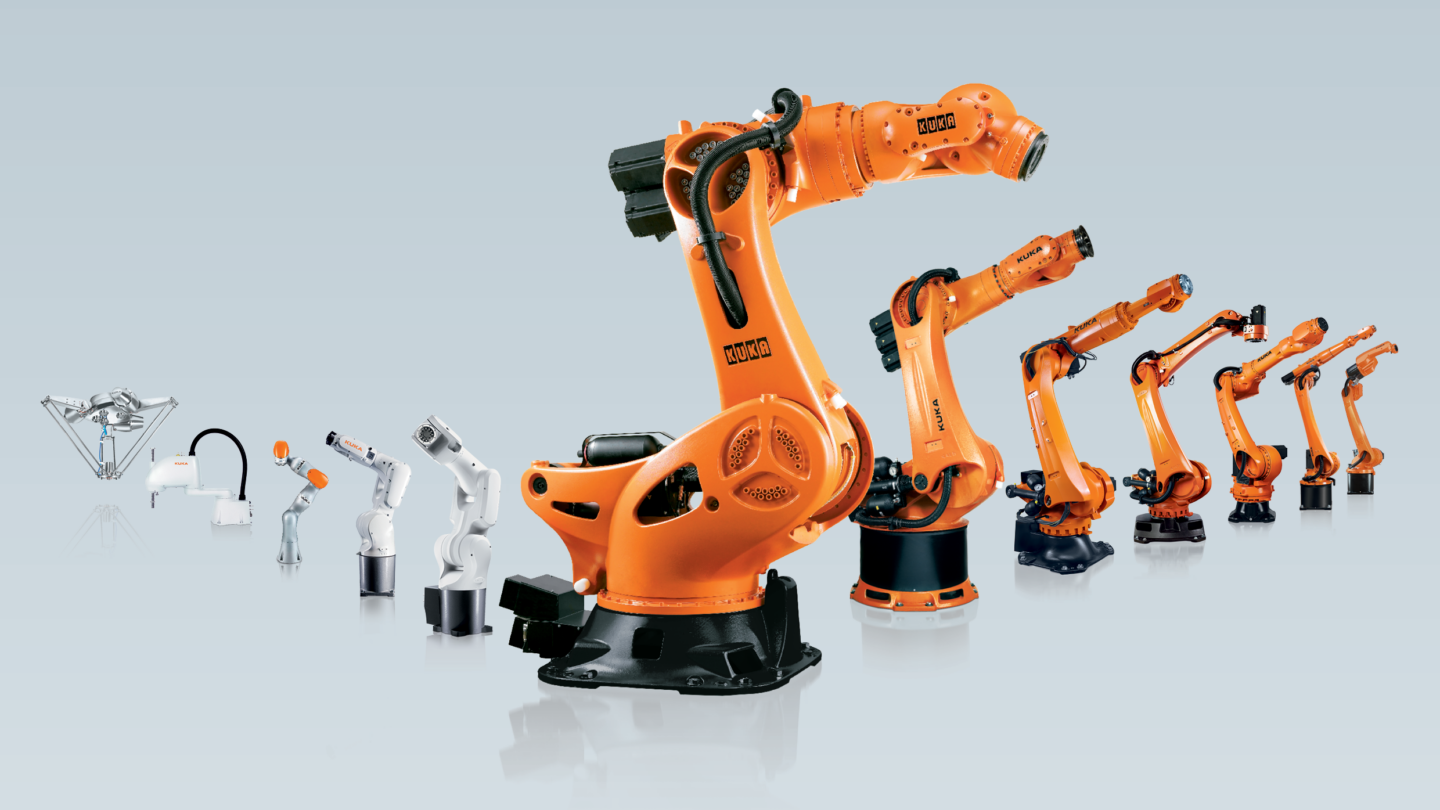As a vital part of Industry 4.0, robotic automation has become an intrinsic part of engineering, manufacturing, and warehousing operations. However, discussions surrounding automation frequently encounter misconceptions. The narrative isn’t about substituting human labour with mechanical alternatives; instead, it’s about using robotics to enhance operational efficiency, quicken production rates, and boost bottom-line revenues.
KUKA: A pioneer in robotic automation
With a rich 125-year history, KUKA Robotics is one of those companies steeped in engineering tradition. The company’s expertise in all things automation, logistics, and electronics, combined with powerful software offerings, ensure it lives on, alive and more-than-well in 2023.
KUKA’s latest product, the iiQKA operating system, streamlines the programming and operation of its robots. As a direct response to the accepted norms of software use (GUIs, point & click, WYSIWYG etc.), iiQKA (“eye-kooh-kah”) can be programmed and adjusted by end-users.
Neil Mead, Head of Regional Marketing – EMEA & LATAM at KUKA, discussed a scenario with TechHQ where a customer might approach the company for solutions such as improving a production line or addressing a labour shortage.
Speaking on the Tech Means Business podcast, he said, “We guide them through the process. We first review their production line to determine how to integrate automation and identify simple tasks for initial automation. Customers often aim to start with the complex end, but starting with simpler tasks is more manageable.”
KUKA Robotics supports customers by providing training and the opportunity to build a simulation of an intended robot investment or an entire facility. “Everything can be virtually constructed and tested before committing any financial resources or building anything in the real world,” Mead added.
Then, the iiQKA operating system is simple enough for users to monitor and attenuate individual robots. And, of course, there are reams of data captured by all systems that can be used for proactive maintenance scheduling, troubleshooting and spotting production bottlenecks, etc.
Transitioning to automation can be a gradual process. By starting small, businesses can experience the benefits of automation without undertaking a complete transformation initially. Companies can ensure that automation aligns with their needs by beginning with simple tasks and gradually advancing to more complex operations.
By making purchasing, setting up, and utilizing robots in factories more straightforward, KUKA has rendered automation and robotics more approachable for small and medium-sized enterprises that might have previously perceived automation as unattainable.
“With its new graphical user interface, iiQKA offers the modern programming capabilities expected of today’s devices. We’re now striving to make the process easier and more accessible for everyone,” said Mead.
Companies are urged to sign into the My.KUKA platform to explore the media, materials and software that’s available. And there’s always help from the company’s engineers and technology experts.
Digital twinning: A key tool for stakeholder buy-in
Mead discussed the concept of simulations or “digital twins,” further: “We can create a complete simulation of their existing setup, then introduce the robot, the automation, and any other necessary hardware.” In addition to working out where and how automation will make a difference, it’s an invaluable tool to ‘sell’ a proof-of-concept to other stakeholders in the business, he said. “[A digital twin] is beneficial for securing buy-in from decision-makers and those controlling the finances. I believe it’s a valuable technology that’s being utilized across the industry for that reason,” Mead added.
The strategic shift in focus when implementing automation
Shifting to automation often broadens the focus from a single task to an entire business process. While customers may wish to automate a specific task, simpler processes might be more suitable for initial automation, benefiting the overall operation.
The return on investment for automation varies with the application and the robot’s efficiency in enhancing production. It could range from six months to a year or longer; there isn’t a one-size-fits-all answer.
“Indeed, it’s a complex question,” Mead admits. “But typically, if you take a simple example like palletizing at the end of a production line, where you might have a couple of individuals loading boxes onto pallets all day, replacing them with a robot can provide a return on investment in as little as six months. That said, it’s different for every application. It’s crucial to engage in an open discussion with customers to understand their unique situation and calculate a precise ROI.”
The ROI in automation extends beyond financial gains, offering benefits such as enhanced safety, opportunities for skill development, and improved productivity.
Neil told us that robots are much more energy-efficient these days, and KUKA also incorporates a ‘Green’ mode in its robots, which reduces energy usage during idle times, making a significant difference to running costs.
For more information about KUKA’s automation of hardware and software and ways to improve business processes, don’t hesitate to contact KUKA.
The Tech Means Business podcast episode featuring Neil Mead is available to listen to here.









